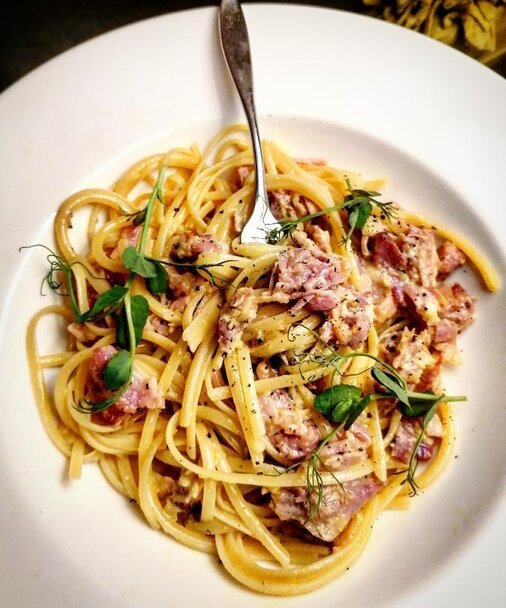At Cahill’s Cheese dairy farming is always something we to took great pride in. Our father Davey Cahill inherited the family farm in the 1960’s. Since our Father was the only son in his family it was tradition in Ireland at the time that he inherited the family farm. Our Father married our Mother in 1966. Both loved farm life and this led to the trial of food production from dairy produce, produced on the farm. It wasn’t just cheese that was trialled other dairy products such as yogurt, frozen goats milk, soft cheese and farmhouse butter. By 1982 Marian Cahill began creating a range of speciality handcrafted flavoured cheddars. The range sold extremely well and we haven’t looked back since.
Spring

In Ireland there are over 18,000 dairy farmers and over 1.6 million dairy cows being milked. Ireland is known for its Cool Temperate Oceanic climate which is perfect for growing lush green grass. The temperate climate allows farmers to grow grass over a longer season comparing to other Countries. This huge advantage makes dairying one of the most profitable sectors in Irish Agriculture.

The majority of Irish Dairy farmers work off a Spring calving system. What this means is that farmers dry their cows off in the late Autumn meaning they don’t milk their cows for three to four months before the cow gives birth in the Spring. When the cow does give birth in the Spring she is back milking twice a day until the late Autumn again. A bull is introduced into the herd in April usually until July to get the cows back in calf for the coming year. This is a yearly cycle of a Spring calving dairy herd.
Cows are re-introduced back to the fields during the spring time. Grass is lush and is high in quality this time of the year. Farmers usually leave the cows out by day and in by night for the first few days mainly due to the cold weather at night. Milk quality is at its highest during the Spring. Cows are producing their highest yields, highest protein and butterfat content. This is due to the quality of grass this time of the year. This is the perfect milk to make cheese with. Cheese requires milk that is high in protein and butterfat. The breed of cow is one of many factors that determines the quality of cheese. In Ireland the most common breed is a Jersey x Holsten cross bred cow. This cow has been cross bred for a number of reasons. Jerseys produce very high protein and butterfat levels while a Holstein produces large yields of milk. This is one of the reasons why Ireland produce so much high quality cheese.
Calves

Spring time on a dairy farm is the busiest time of the year. Cows begin calving usually in February and finish around April. Farmers are constantly on call during this season for calving. Most calves are sold on dairy farms after one month but most dairy farmers keep female calves as replacements depending on the breed. Every calf is given colostrum from their mother which is basically antibodies for the calf to help them fight disease. If a calf doesn’t receive this he/she could die within hours.
The most common way of feeding calves is bucket feeding but this method seems to be dying out in Ireland. In recent times farmers are putting in automatic feeding systems which allows the calf to feed itself after it has been trained. All calves are put into a large straw bedded shed. They are required to wear a monitor around their neck. The monitor is scanned when the calf goes into the feeding system and it will know if the calf has drank too much or none at all. If the calf has already drank it will realise this and no milk will be left out to the calf. This is very important because if a calf gets too much milk it will get an upset stomach which can lead to death. Certain producers such as JFC, Volac, Lely, etc all make their own feeders.
When calves get older farmers feed them small amounts hay, straw and ration. This is done to try and develop the calves stomach so they can be put out on grass for the summer. Calves are usually weaned off milk slowly after two to three months.








